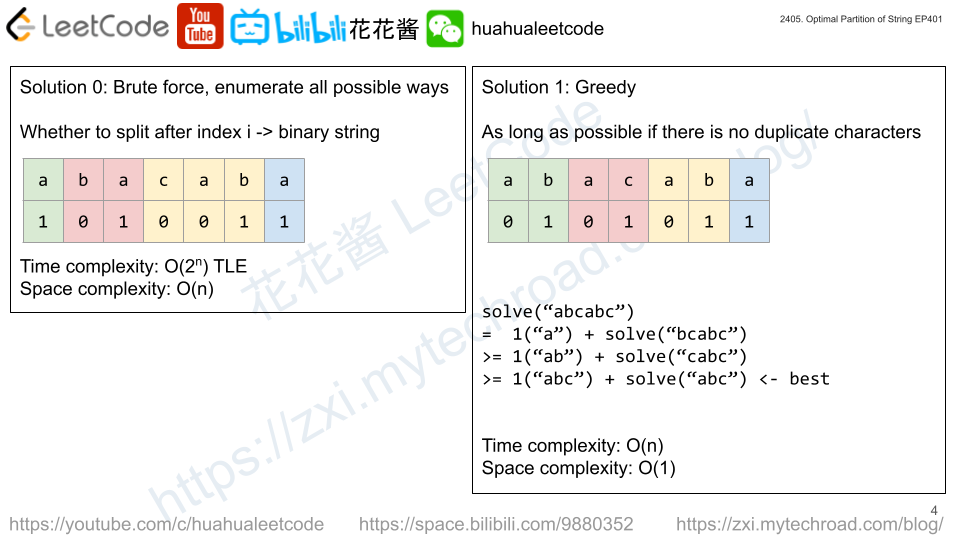You are given a 0-indexed string s consisting of only lowercase English letters, where each letter in s appears exactly twice. You are also given a 0-indexed integer array distance of length 26.
Each letter in the alphabet is numbered from 0 to 25 (i.e. 'a' -> 0, 'b' -> 1, 'c' -> 2, … , 'z' -> 25).
In a well-spaced string, the number of letters between the two occurrences of the ith letter is distance[i]. If the ith letter does not appear in s, then distance[i] can be ignored.
Return true if s is a well-spaced string, otherwise return false.
Example 1:
Input: s = "abaccb", distance = [1,3,0,5,0,0,0,0,0,0,0,0,0,0,0,0,0,0,0,0,0,0,0,0,0,0] Output: true Explanation: - 'a' appears at indices 0 and 2 so it satisfies distance[0] = 1. - 'b' appears at indices 1 and 5 so it satisfies distance[1] = 3. - 'c' appears at indices 3 and 4 so it satisfies distance[2] = 0. Note that distance[3] = 5, but since 'd' does not appear in s, it can be ignored. Return true because s is a well-spaced string.
Example 2:
Input: s = "aa", distance = [1,0,0,0,0,0,0,0,0,0,0,0,0,0,0,0,0,0,0,0,0,0,0,0,0,0] Output: false Explanation: - 'a' appears at indices 0 and 1 so there are zero letters between them. Because distance[0] = 1, s is not a well-spaced string.
Constraints:
2 <= s.length <= 52sconsists only of lowercase English letters.- Each letter appears in
sexactly twice. distance.length == 260 <= distance[i] <= 50
Solution: Hashtable
Use a hastable to store the index of first occurrence of each letter.
Time complexity: O(n)
Space complexity: O(26)
C++
|
1 2 3 4 5 6 7 8 9 10 11 12 13 |
// Author: Huahua class Solution { public: bool checkDistances(string s, vector<int>& distance) { vector<int> m(26, -1); for (int i = 0; i < s.length(); ++i) { int c = s[i] - 'a'; if (m[c] >= 0 && i - m[c] - 1 != distance[c]) return false; m[c] = i; } return true; } }; |

